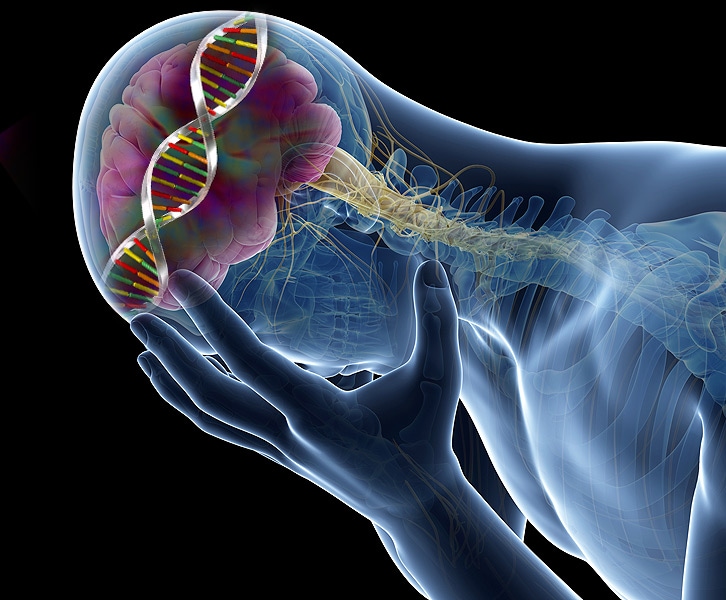The director of the Health and Human Services Office for Civil Rights (OCR), Roger Severino, has suggested that there are potential changes to HIPAA regulations currently being considered. OCR intends to get rid of some of the more laborious aspects of HIPAA, in particular those that have shown to provide little benefit to patients. Before any changes are made however, OCR will solicit feedback and suggestions stakeholders in the healthcare industry. While the complete list of possible changes under consideration have not been released to the public, Severino did indicate the changes that are currently being focused upon for 2018.
Changes being considered will attempt to get rid of obstacles to value based care and provide support for efforts addressing the opioid epidemic. Increasing the ability to share data to improve care and make it more efficient is also being discussed. Continued efforts to expand the use of electronic health technology will be formalized with specific steps required to receive monetary incentives.
While changes are being discussed, given President Trumps push to decrease government regulation, it is unlikely many new, stricter regulations will be put into place. Instead HHS has stated that it's goals are 'reducing the burden of compliance and streamlining its regulations while promotion meaningful information sharing." At the same time, Severino stated that enforcement efforts will continue to be a major focus in the coming year, and OCR will not slowdown its pursuit of settlements with HIPAA covered entities for "egregious violations of HIPAA Rules."
There are three changes to HIPAA currently in the works:
The first involved the HIPAA Enforcement Rule. OCR has the ability to impose fines on covered entities that violate HIPAA rules or who can't show that they have put sufficient effort into compliance, conducting risk assessments or remediation of identified non-compliance. OCR can also use a portion of the find to cover the expenses of future enforcement efforts and for restitution of victims. However, they have not yet done this. The Office is currently considering the best way the money can be used to compensate victims of unauthorized disclosure of private health information and other HIPAA violations.
Changes being considered will attempt to get rid of obstacles to value based care and provide support for efforts addressing the opioid epidemic. Increasing the ability to share data to improve care and make it more efficient is also being discussed. Continued efforts to expand the use of electronic health technology will be formalized with specific steps required to receive monetary incentives.
While changes are being discussed, given President Trumps push to decrease government regulation, it is unlikely many new, stricter regulations will be put into place. Instead HHS has stated that it's goals are 'reducing the burden of compliance and streamlining its regulations while promotion meaningful information sharing." At the same time, Severino stated that enforcement efforts will continue to be a major focus in the coming year, and OCR will not slowdown its pursuit of settlements with HIPAA covered entities for "egregious violations of HIPAA Rules."
There are three changes to HIPAA currently in the works:
The first involved the HIPAA Enforcement Rule. OCR has the ability to impose fines on covered entities that violate HIPAA rules or who can't show that they have put sufficient effort into compliance, conducting risk assessments or remediation of identified non-compliance. OCR can also use a portion of the find to cover the expenses of future enforcement efforts and for restitution of victims. However, they have not yet done this. The Office is currently considering the best way the money can be used to compensate victims of unauthorized disclosure of private health information and other HIPAA violations.
Currently covered entities are required to keep copies of forms their patients sign that attest that they are received the covered entities notice of privacy practices. OCR has determined this is unwieldy both in terms of requiring patients to sign the forms every time they see a doctor but also in expecting covered entities to find the space to store the forms. They also are concerned that this practice means that many patients don't actually read them before signing. Instead, OCR is considering getting rid of this requirement and allowing covered entities to display a notice in a prominent place where patients are likely to see it.
The third proposed change is related to good faith disclosures of PHI. Director Severino told about OCR’s plans to clarify to the public the disclosure of PHI to family or close friends in particular circumstances without the need for patient consent. This is suggested in cases when a patient is incapacitated or involved in opioid drug abuse. Although the HIPAA rules does allow the disclosure of PHI in cases when a patient is in imminent harm, there is a need for rulemaking to cover good faith disclosures.
Although these potential changes to HIPAA have been presented by Severino at the 2018 HIPAA Summit and are currently under consideration, it is likely that any actual changes that result will not be implemented until 2019.
For more information about about your rights under HIPAA, click here.









